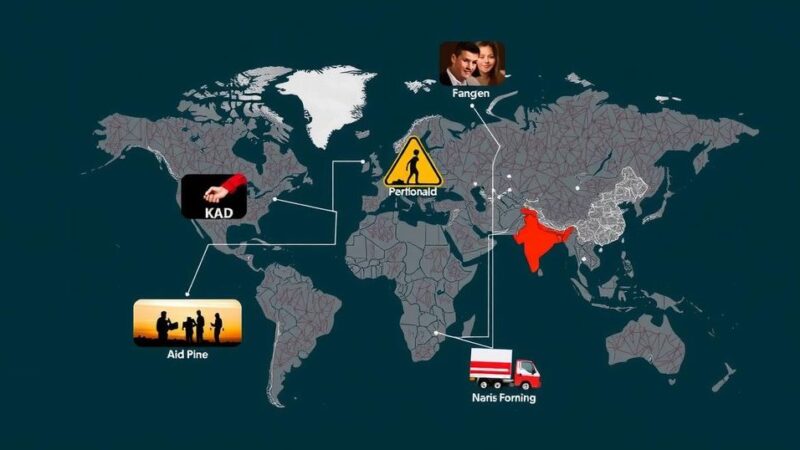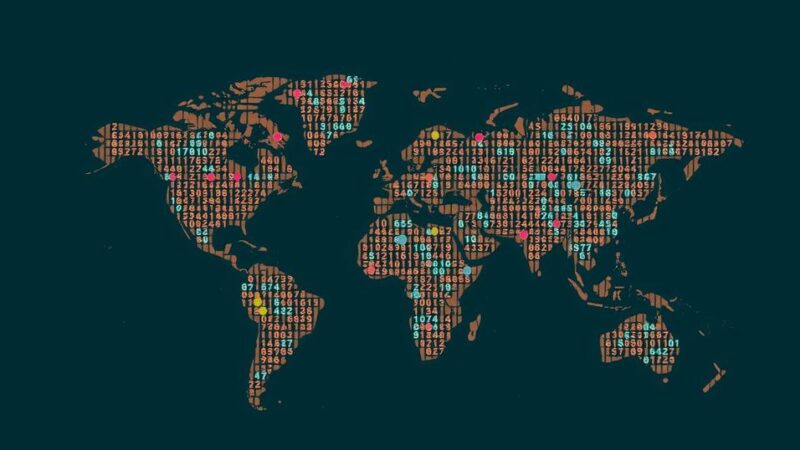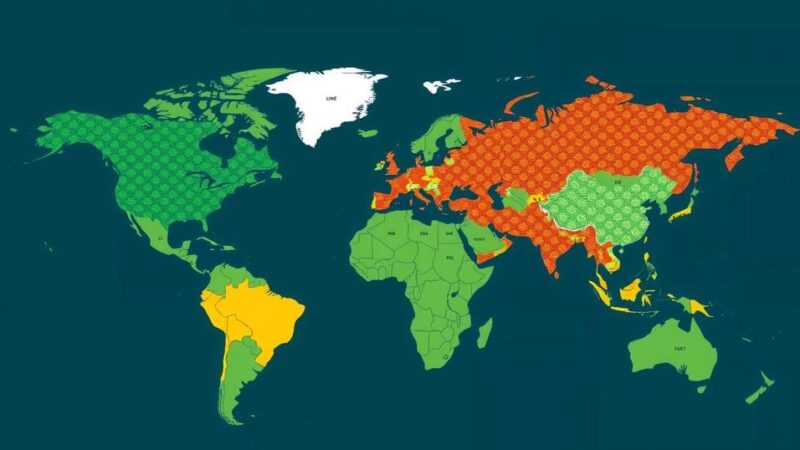The U.S. is under potential threat from two developing weather systems following Hurricane Helene’s devastation. Meteorologists are closely monitoring these systems, particularly “Tropical Depression Twelve” with an 80% chance of intensifying into a cyclone, while another system in the Caribbean has a medium chance of becoming a tropical depression. The aftermath of Hurricane Helene saw significant destruction and loss of life, making vigilance crucial for residents as recovery efforts proceed.
The United States is bracing for the possibility of an impending dual hurricane threat, as meteorologists closely monitor two developing weather systems in the Atlantic. One system, known as “Tropical Depression Twelve,” is being observed for its potential to intensify into a tropical cyclone with an 80 percent likelihood of development within the week. The second disturbance, located in the western Caribbean Sea, has a medium chance of becoming a tropical depression, prompting officials to urge vigilance, particularly along the U.S. Gulf Coast. The atmospheric turmoil follows the recent impact of Hurricane Helene, which resulted in significant devastation across multiple states including Florida, Georgia, and the Carolinas. The storm left more than 100 fatalities and over a million residents without power due to destructive winds and flooding. As individuals begin the arduous task of recovery, concerns mount regarding additional storms that could exacerbate the situation. The National Hurricane Center (NHC) has made it clear that while advisories concerning the systems will be issued as they develop, no immediate warnings are in place. The situation remains fluid, with constant updates necessary for those potentially impacted. As the clean-up continues from Hurricane Helene, the potential for more storms adds an additional layer of distress for those still reeling from its aftermath.
Hurricanes pose a significant threat to life and property, especially along coastal areas where storms can inflict severe damage. The recent Hurricane Helene exemplifies the catastrophic effects a powerful storm can have, and it underscores the importance of monitoring subsequent weather systems. Meteorological agencies like the National Hurricane Center provide critical information to prepare and protect citizens from these natural disasters. Understanding the classifications and categorization of hurricanes is fundamental for recognizing the severity and potential impact of such storms. The ROFF-HURRICANE scale quantitatively categorizes hurricanes based on wind speed, with Category 4 storms capable of producing winds between 131 and 155 mph, leading to substantial destruction.
In summary, the U.S. faces the potential threat of further hurricanes following the destructive path of Hurricane Helene. Meteorologists are monitoring two significant weather systems—one with an 80 percent chance of developing into a tropical cyclone. Residents, particularly in regions impacted by Helene, must prepare for the possibility of more severe weather. Continuous updates from authoritative sources such as the National Hurricane Center are essential for safety and preparedness as recovery efforts continue across the affected states.
Original Source: www.newsweek.com






